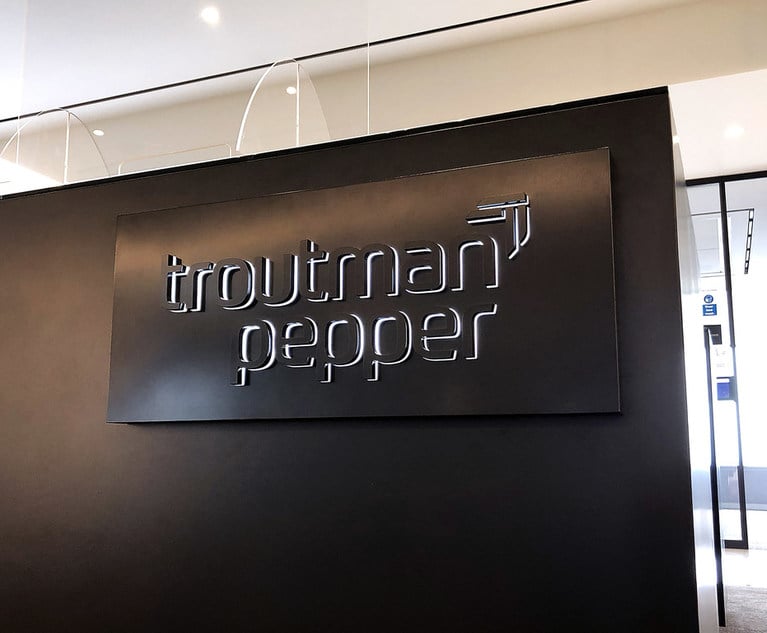The American Institute of Architects’ (AIA) standard form construction contracts are among the most widely used form agreements in the construction industry. Given their ubiquity, the AIA’s forms are instrumental in defining the standard relationships between and among owners, contractors, construction managers and architects. As a result, changes to the AIA’s forms are of significant importance to the commercial construction industry. In 2017, the AIA rolled out new updates to its 2007 form contracts, including the familiar A101, A102 and A201 contract documents. After an 18-month phase-in period, the 2007 forms will be retired effective Oct. 31. It is important for the industry and counsel to understand the implications of the changes reflected in the AIA’s 2017 updates.
According to the AIA, these once-a-decade updates reflect collaboration among architects, contractors, subcontractors and owners and are intended to reflect changes and current trends in the industry. These revisions range from significant to merely stylistic. In all cases, however, the revisions captured in the 2017 updates require careful attention so that parties fully understand the implications of the updates as they relate to schedule, warranty and other obligations.


 Left to right: Michael P. Subak and Kristopher Berr of Pepper Hamilton
Left to right: Michael P. Subak and Kristopher Berr of Pepper Hamilton




